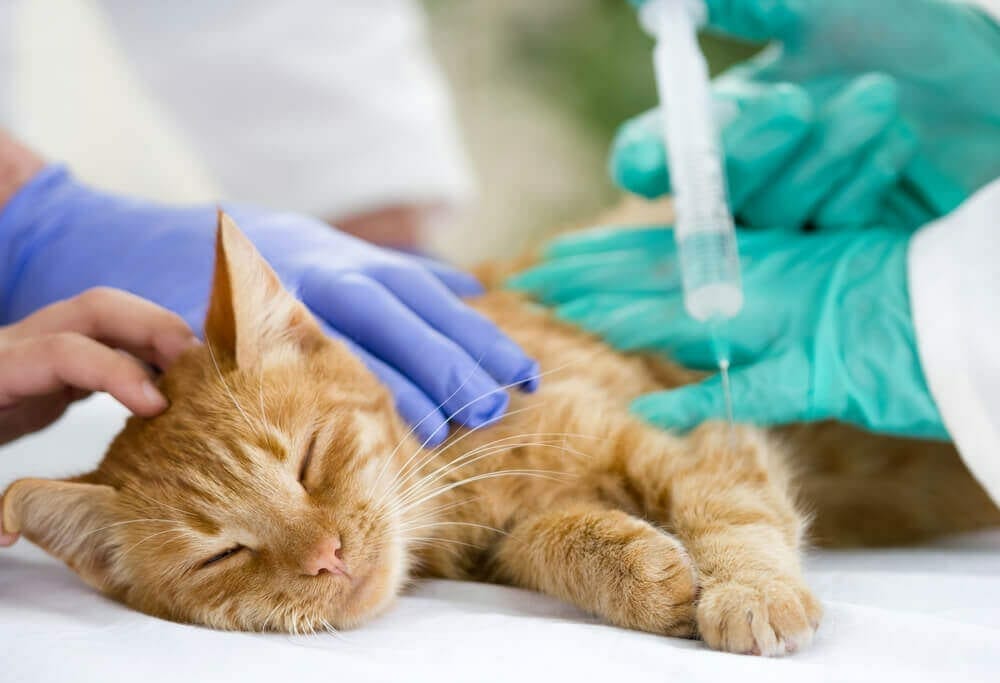Your cat may need to board at the vet office for a few days until an appropriate starting dose is found.
Cat diabetes treatment australia.
The goal is to control the signs of diabetes weight loss despite a good appetite.
Insulin injections insulin must be given by injection with most diabetic cats requiring one or two injections a day.
Daily insulin injections along with watching what the cat eats can help get blood sugar levels back on track and allow the cat to act normal.
Diabetic remission is when a cat no longer requires insulin therapy and maintains a normal blood glucose level for more than four weeks without insulin treatment.
When your cat is diagnosed with diabetes and starting insulin therapy your cat will be stabilized at the vet clinic.
Oral drugs for humans hypoglycemic medications such as glipizide rarely work in controlling diabetes in cats.
Get your cat stabilized.
While some cats will require insulin for the rest of their lives some cats if treated early enough can become non diabetic again.
This allows your cat to be closely monitored by your vet for signs of overdose.
A feline dose is one regular strength capsule per 10 lbs of body weight given once daily.
In the authors experience most diabetic cats tend to fluctuate within a narrowed glycemic range over the course of the day unlike dogs.
It is a source of omega 3 fatty acids and fish oil may increase insulin sensitivity.
It is more likely if the diabetes is caught early treatment is started promptly and the cat is closely monitored.
One increasingly effective supplement helpful in treating cat diabetes is fish oil.
Early intervention with diabetes as with so many other diseases gives your cat the best chance of a better life and possible remission.
What s the treatment for a cat with feline diabetes.
Treatment of diabetes in cats usually requires daily administration of insulin injections and appropriate nutrition and must be specifically tailored for each individual.
This equates to 1000mg of fish oil daily.
However the general aim of hyperglycemic treatment is to have a bg nadir of 100 mg dl with an overall range during the curve period between 100 and 300 mg dl.
It s felt that a low carbohydrate diet is probably best for cats with diabetes.
Approximately 50 of cats diagnosed with diabetes and treated appropriately will go into remission and no longer require insulin injections.
Early diagnosis and aggressive treatment with long acting insulin and a low carbohydrate diet will increase the chance of your cat going into remission.
Diet is certainly a component.
Cats with diabetes are most often treated with injectable insulin.

